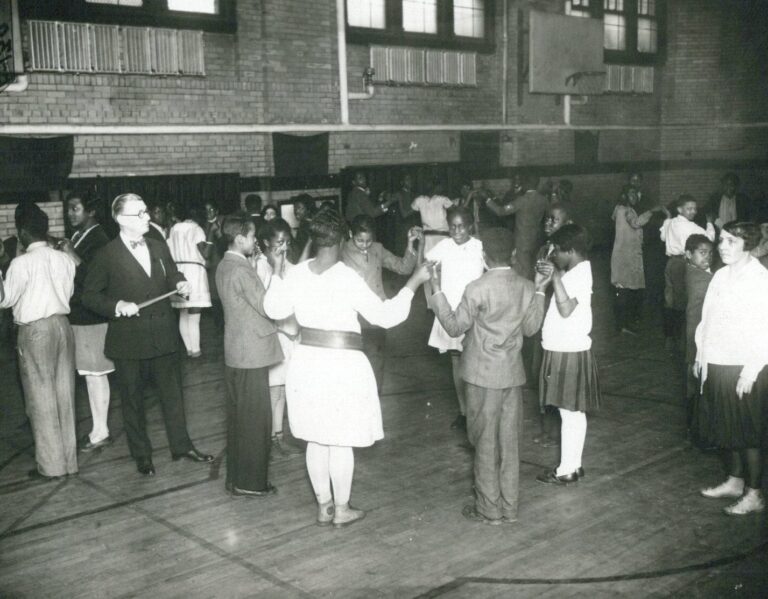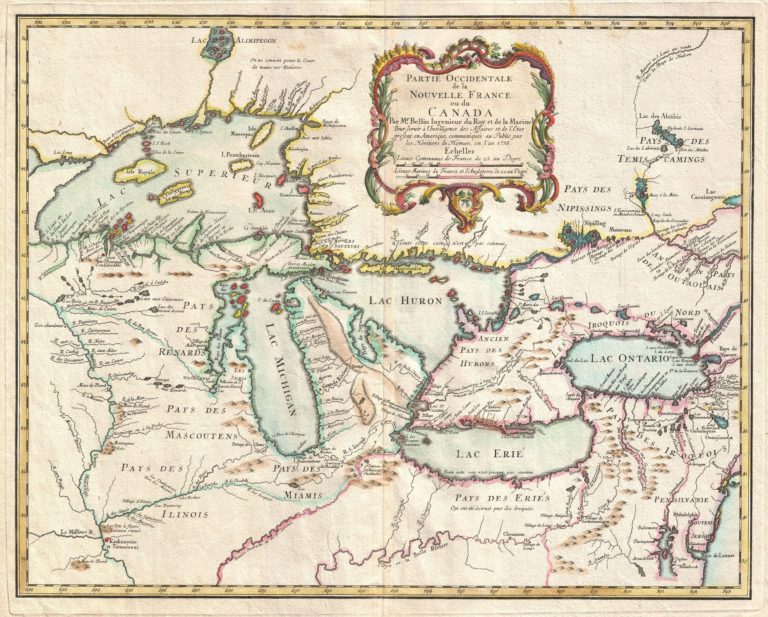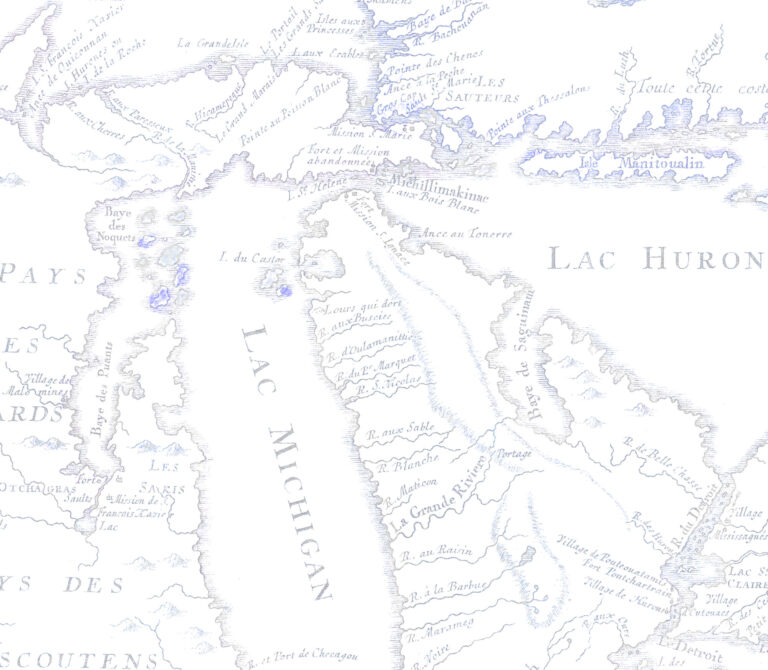If anyone else wants to weigh in, please send in your responses and discussions. Input is wonderful!
Eliot Singer’s Response to Trae’s Michigan Fiddling Manifesto:
Trae?s Manifesto is really about the same issue we struggled with back in the mid-1980s, and before that, long before that if we think about Henry Ford and other early attempts to preserve and revive Michigan fiddling, including Bisbee and Pattee.
How do we preserve and revive any tradition that no longer has the original contexts (which Paul Gifford would remind us were always changing and variable) in which it thrived?
I approached this problem as a researcher, and the fiddlers who collaborated with me shared the goal of preserving and educating about tradition by documenting it, through interviews and collection of tunes. Jamborees were a different way of accomplishing the same goal, by bringing fiddlers together to perform, providing a reason for staying in practice and keeping up a repertoire, learning from each other, and passing tunes onto younger fiddlers who happened to attend.
There were also some occasions when Michigan style fiddlers were brought by people like me to perform at festivals and other special events. Perhaps, more importantly, I brought fiddlers, such as Les Raber, Chip Walker, and Lois Bettesworth, into the schools, with the help of state arts program funding.
But sadly, we failed to accomplish the ultimate goal of passing Michigan fiddle style (or styles) onto new generations and thus keeping it alive and vibrant. This goal was difficult in Henry Ford?s day, what with such nasty inventions as the radio and jazz. It was harder when the MFA and OMFA were founded, and harder still when I was trying to interview and record the respected elders. And, now the youngsters, who had largely learned from the elders with whom I was most concerned, are respected elders themselves.
I can look back and see things we should have done differently, although some of the reasons had to do with lack of time and money (having transferred my old tapes to digital, I am now more than six months behind getting them online). I think we should have done a lot more crossover dances, with traditional Michigan style fiddlers at folk clubs, such as we did with Les Raber and Frances Geiger (Frank Mattison?s daughter and pianist) playing for a Ten Pound Fiddle/Looking Glass Music and Arts Organization dance in 1987. We should have made a concerted effort to get more than a handful of younger fiddlers to spend time with these Michigan fiddle style elders. I wish, back when arts funding was available, we had organized fiddle lessons for children, instead of just inviting fiddlers to schools to perform and play for dances, even though these were wonderful occasions that reached more children than individual lessons.
I fear we are now in a situation that is more or less like trying to revive a dying language. In a sense, what we tried to do previously was passive teaching, but reviving a dying language takes intensive, active teaching. Trae is self-taught. He wants to be a fiddler who plays Michigan styles, albeit in his own way.
Much of the teaching of dying native languages is not by native speakers who learned from their parents as children. I think the best hope for reviving some interest among fiddlers in Michigan style is for a few younger fiddlers, like Trae, or at least middle aged ones, to take what they have learned from living Michigan style fiddlers, and from recordings, books, and interviews, and teach: teach through performance, sharing tunes (with explanation), and giving lessons.
I used to feel that having fiddlers who were not raised in a tradition represent that tradition was a bad idea (people like Bill White and Paul Gifford, able musicians, were always content to accompany traditional fiddlers not replace them). Now, I doubt there is much else that can be done: people like Trae are going to have to be representatives and teachers, and the key is for them to do so with respect for the tradition.
Respect does not mean being moribund. I have no problem with Trae innovating and using his skills. The question is whether he is doing so with respect.
Let me make an analogy with another topic about which I am more knowledgeable: adaptations of folktales from different cultures. I have written extensively about how this is done by children?s book authors, mostly very badly and disrespectfully, because they are ignorant about the traditions they claim to represent. Many of the authentic tales they adapt are unintelligible for children (and adults) in their original form. What someone like myself can do, who is knowledgeable about the traditions and concerned with preserving as much as possible of meaning and style from the originals, is adapt tales respectfully. I think of the great Italian author, Italio Calvino, who wrote a book of adaptations of Italian folktales. Calvino was a much better writer than the original storytellers were at telling stories. But we come away full of admiration for his sources not annoyed at a butcher, which is how I feel about most folk tale picture books.
But, of course, we need access to original sources to know whether adaptations or innovations or superior skill are respectful not butchery. This again is a reason for making all the materials people have collected over the years available, as the Michigan Fiddlers website has been trying to do.
Eliot
Trae McMaken’s Follow up to Eliot’s Response:
I like Eliot’s response. I just wanted to add a few things for consideration.
I’m interested in folklore, and I even consider myself a folklorist. But when I play the fiddle, unless I’m specifically doing something where I’ve been requested to imitate someone else for folklore purposes, I’m an artist. I grew up in the modern tradition of fiddling, where people are influenced by festivals and different fiddlers, but also by their own region. I don’t consider myself taught — I was taught to fiddle by many different fiddlers in person, though Canadian fiddlers have had perhaps the biggest influence on me musically over the years in the oral tradition. I grew up participating in fiddle culture. I don’t see myself as a revivalist — rather, I see myself as a practitioner within the tradition of fiddling playing.
The standards for fiddling these days are much, much higher than they were. Reasons for this could be discussed, but that’s not my goal. As a fiddler and practitioner of folklore, I consider myself both within my bounds and within my responsibility and necessity to create something meaningful to me and others, and when I do this from the basis of a tradition, the tradition changes. This is true to what live traditions are.
Trae



